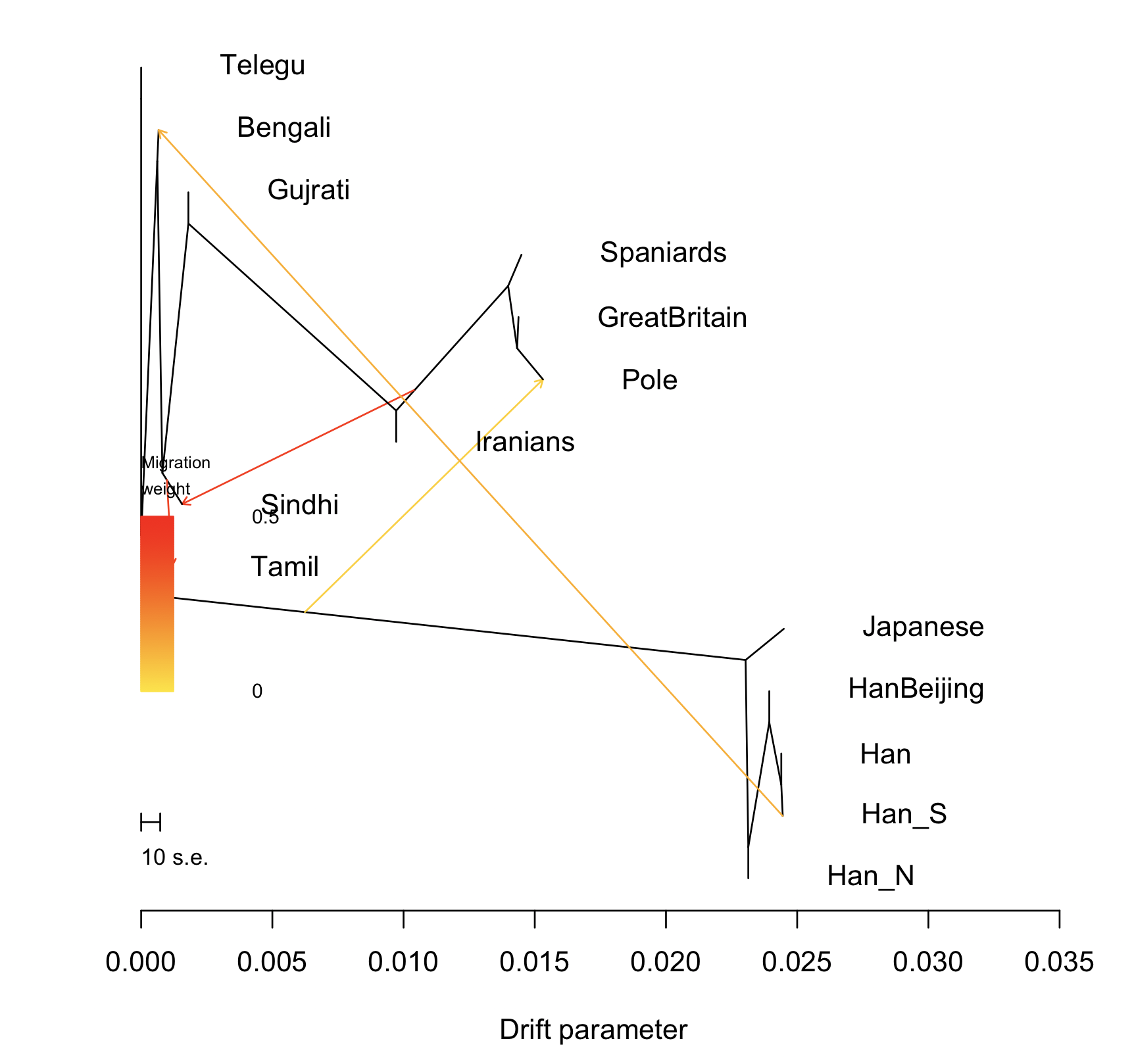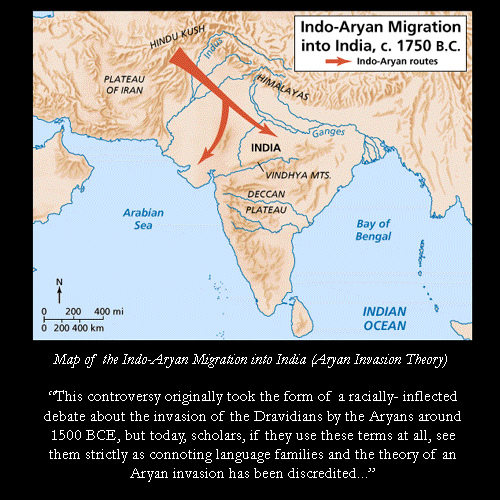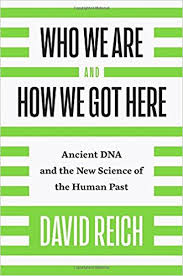 One of the more interesting and definite aspects of David Reich’s Who We Are and How We Got Here is on caste. In short, it looks like most Indian jatis have been genetically endogamous for ~2,000 years, and, varna groups exhibit some consistent genetic differences.
One of the more interesting and definite aspects of David Reich’s Who We Are and How We Got Here is on caste. In short, it looks like most Indian jatis have been genetically endogamous for ~2,000 years, and, varna groups exhibit some consistent genetic differences.
This is relevant because it makes the social constructionist view rather untenable. The genetic distinctiveness of jati groups is very hard to deny, it jumps out of the data. The assertions about varna are fuzzier. But, on the whole Brahmins across South Asia have the most ancestry from ancient “steppe” groups, while Dalits across South Asia have the least. Kshatriya is closer to Brahmins. Vaisya has lower fractions of “steppe”. And so on. These varna generalizations aren’t as clear and distinct as jati endogamy. Sudras from Punjab may have as much or more “steppe” than South Indian Brahmins. But the coarse patterns are striking.
As a geneticist, and as an irreligious atheist, a lot of the conversations about “caste” are irrelevant to me. They’re semantical.
You can tell me that true Hinduism doesn’t have caste, that it was “invented” by Westerners. They may not have had caste, but the genetical data is clear that South Asians were endogamous for 2,000 years to an extreme degree. Additionally, the classical caste hierarchy seems to correlate with particular ancestry fractions.
Second, you can say Islam, Sikhism, Jainism, and Buddhism don’t have caste. That they picked it up from Hinduism. Or Indian culture. That’s true. But I think Islam, Sikhism, Jainism, and Buddhism are all made up, just like Hinduism. I don’t care if made up ideologies don’t have caste in their made up religious system. I am curious about the revealed patterns genetically.
I have a pretty big data set of South Asians. Some of them are from the 1000 Genomes. Here is where the 1000 Genomes South Asians were collected:
Gujarati Indians from Houston, Texas
Punjabi from Lahore, Pakistan
Bengali from Dhaka, Bangladesh
Sri Lankan Tamil from the UK
Indian Telugu from the UK
Some of the groups showed a lot of genetic variation, so I split them based on how much “Ancestral North Indian” (ANI) they had. So Gujurati_ANI_1 has more ANI than Gujurati_ANI_2 and so forth.
Continue reading Genetical observations on caste
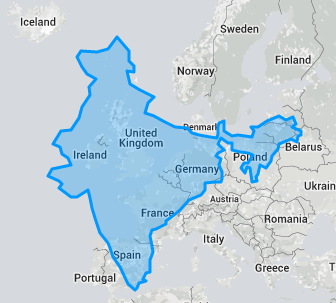
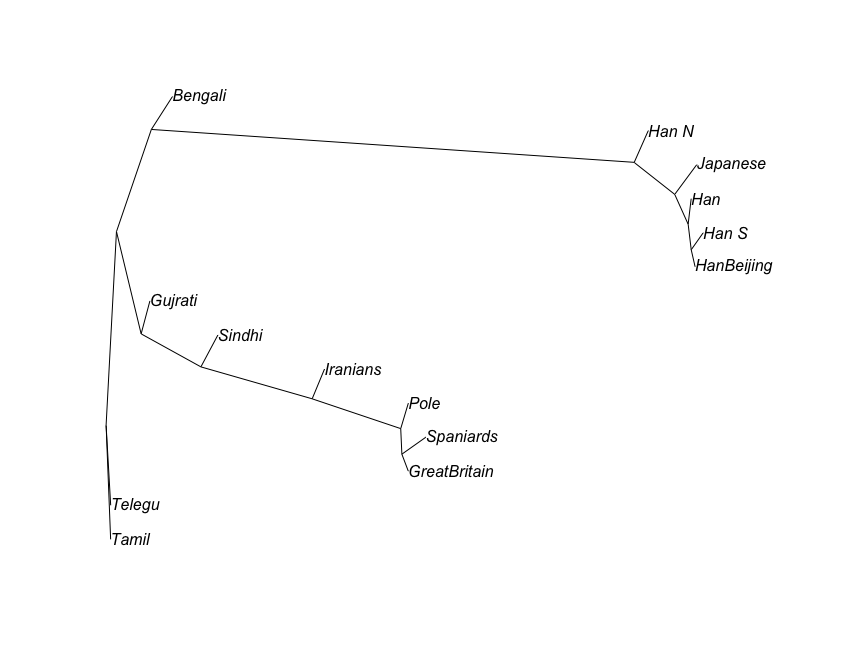 Please notice the small genetic difference between Britain/Spain/Poland. Compare to Gujrati vs. Sindhi, let alone Gujrati vs. Telegu.
Please notice the small genetic difference between Britain/Spain/Poland. Compare to Gujrati vs. Sindhi, let alone Gujrati vs. Telegu.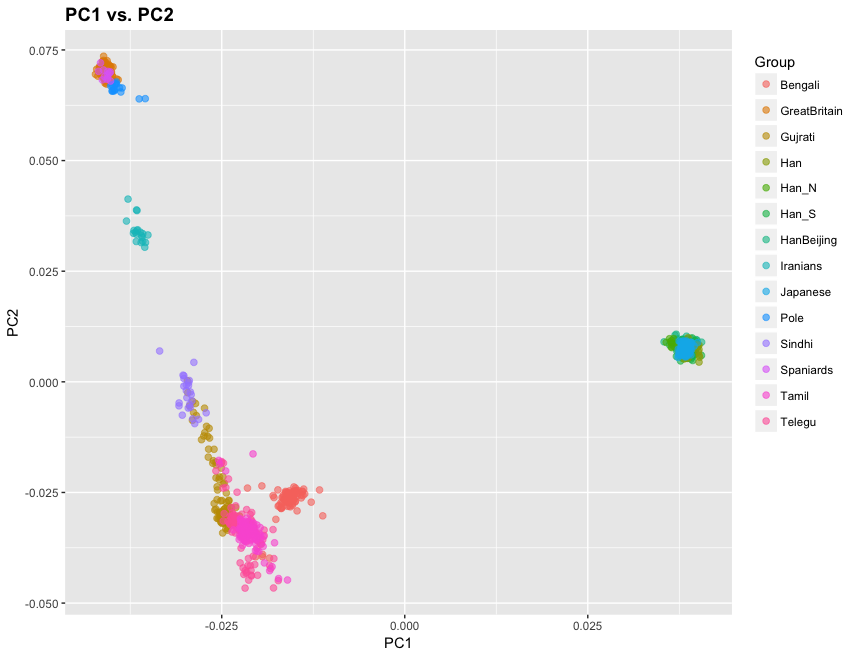 Genetically Sindhis occupy a place between South Indians and Iranians. Some Gujaratis are nearly where Sindhis are, but many are far more shifted toward South Indians. The Fst display masks this since it aggregates populations.
Genetically Sindhis occupy a place between South Indians and Iranians. Some Gujaratis are nearly where Sindhis are, but many are far more shifted toward South Indians. The Fst display masks this since it aggregates populations.